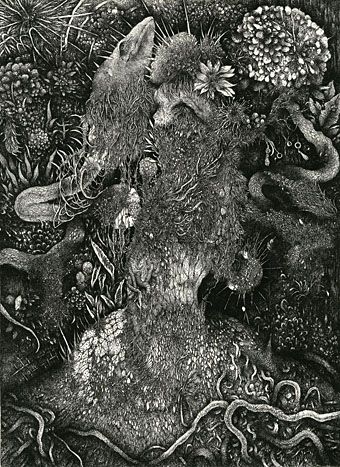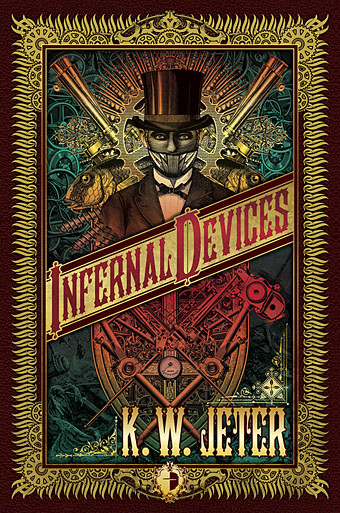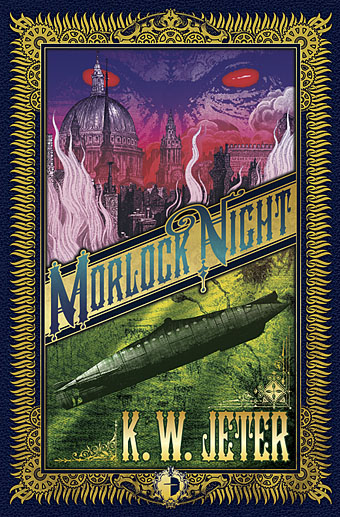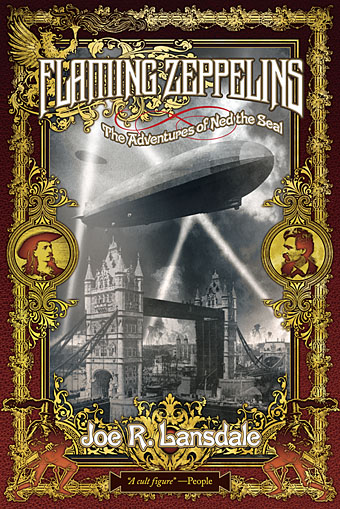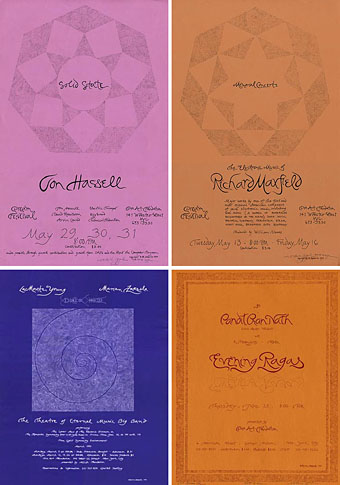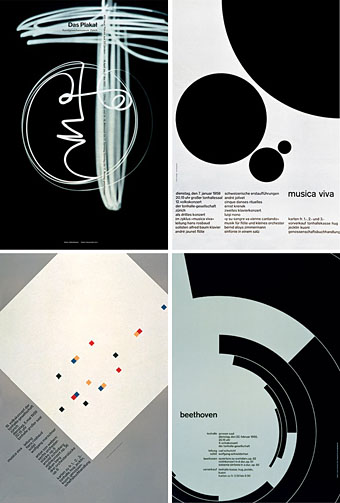Dress (2012) by Nao Ikuma.
• Two of my Cthulhu artworks can currently be seen in the Ars Necronomica exhibition at the Cohen Gallery, Brown University, Providence, RI. The exhibition is part of NecronomiCon, and runs to September 13th. In related news, my steampunk illustration has been nominated in the Visual category of this year’s Airship Awards. Winners will be announced at Steamcon V in October.
• “…the story of how a small cabal of British jazz obsessives conducting a besotted affair with the style arcana of Europe and America somehow became an army of scooter-borne rock fans…” Ian Penman looks back at the culture of Mod for the LRB.
• “What is it about the writer in the First World that wants the Third World writer to be nakedly political, a blunt instrument bludgeoning his world’s ills?” Gina Apostol on Borges, Politics, and the Postcolonial.
If someone had designed a work regime perfectly suited to maintaining the power of finance capital, it’s hard to see how they could have done a better job. Real, productive workers are relentlessly squeezed and exploited. The remainder are divided between a terrorised stratum of the, universally reviled, unemployed and a larger stratum who are basically paid to do nothing, in positions designed to make them identify with the perspectives and sensibilities of the ruling class (managers, administrators, etc) – and particularly its financial avatars – but, at the same time, foster a simmering resentment against anyone whose work has clear and undeniable social value. Clearly, the system was never consciously designed. It emerged from almost a century of trial and error. But it is the only explanation for why, despite our technological capacities, we are not all working 3–4 hour days.
On the Phenomenon of Bullshit Jobs by David Graeber
• Ron Rosenbaum talks to Al Pacino about all the usual stuff, and reveals some detail about the actor’s obsessive interest in Oscar Wilde’s Salomé.
• More queer history: The Brixton Fairies and the South London Gay Community Centre, Brixton 1974–6.
• At Dangerous Minds: Anthony Burgess and the Top Secret Code in A Clockwork Orange
• Every day for 100 days, Jessica Svendsen redesigned a Josef Müller-Brockmann poster.
• LondonTypographica: Mapping the typographic landscape of London.
• Mix of the week: Secret Thirteen Mix 083 by Demdike Stare.
• At Strange Flowers: Alfred Kubin the writer.
• Rick Poynor on Collage Now.
• Thomas Leer: Private Plane (1978) | Tight As A Drum (1981) | Heartbeat (1985)

